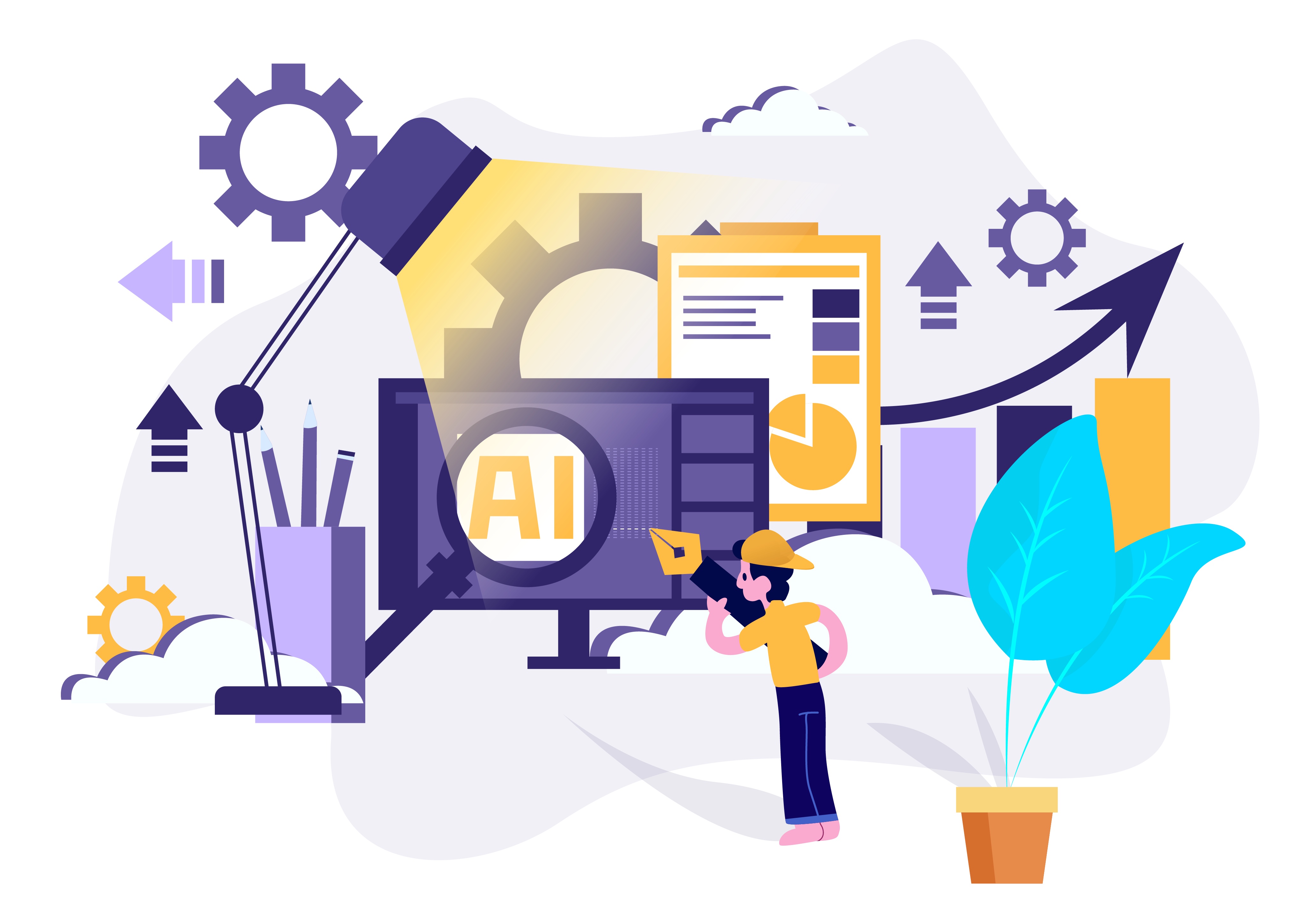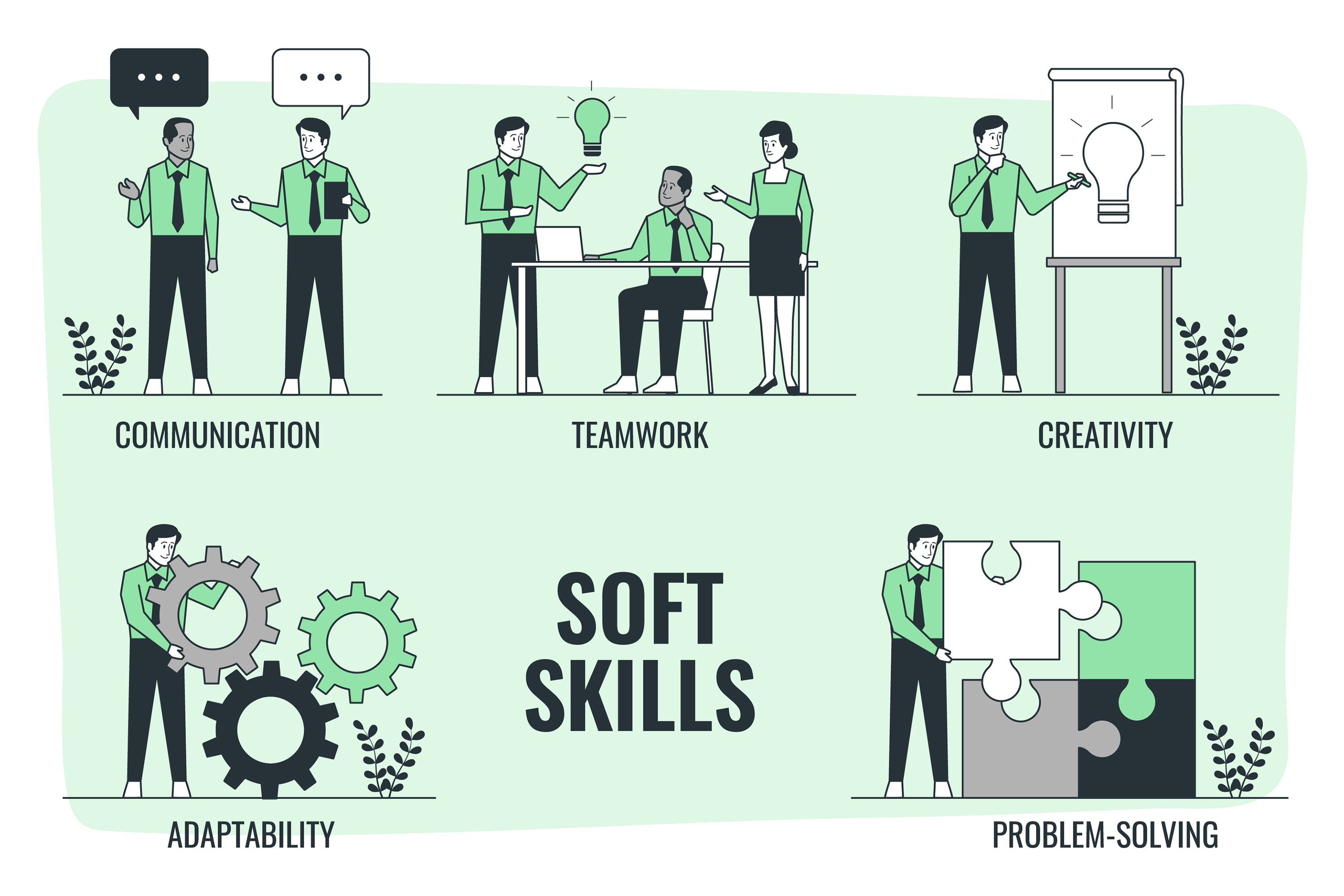Either you are working in a team or are an independent contributor; you are part of any given team by default.
Remote work culture has changed the team dynamics forever and we have to adapt to the new realm. Since team members are remote the idea of being present physically has changed to being present virtually.
For any project’s success, solid team dynamics are of utmost importance. It can make or break the business.
What is team dynamics?
Team dynamics is a system of behaviors and psychological processes occurring within a team. — Everhour
It is the flow of energy between the team members where both, positive and negative energies, impact the internal working of the team.
Positive energy will flourish the team dynamics; motivate the members and strive towards the success of the team.
Negative energy will slow down the team’s progress. Creates disconnected and disorganized team structure.
There is also another type of energy, Neutral energy, that flows within the team where the team is progressing toward the goal but there is no flow of emotions. Team members finish their work and call it a day.
Remote work has given rise to such kind of dynamism, where connections can be made through virtual mediums but it lacks a quality flow of energy within those connections.
There are two types of team communication: Synchronous and Asynchronous.
Synchronous Communication is a communication style that requires at least two people to remain active in the shared space while they share information simultaneously. Helps team members develop and maintain a positive work relationship and cohesiveness in the company. Encourages team members to participate actively in the company’s operations 1.
Asynchronous Communication is a communication style where there’s a gap between when a person sends a message and when the recipient processes it. The duration of the discussion using this communication style differs based on communication channel 1. It enables team members to communicate effectively, conduct thorough research, and give enough time to process responses, and can create 24hr turnover.
As we went remote we mostly started following a later one where we message someone and wait for a reply. Even though we are in the same city. Hence there is some disturbance introduced in the flow of energy.
Software Developers typically work in two kinds of team structures Agile and non-Agile.
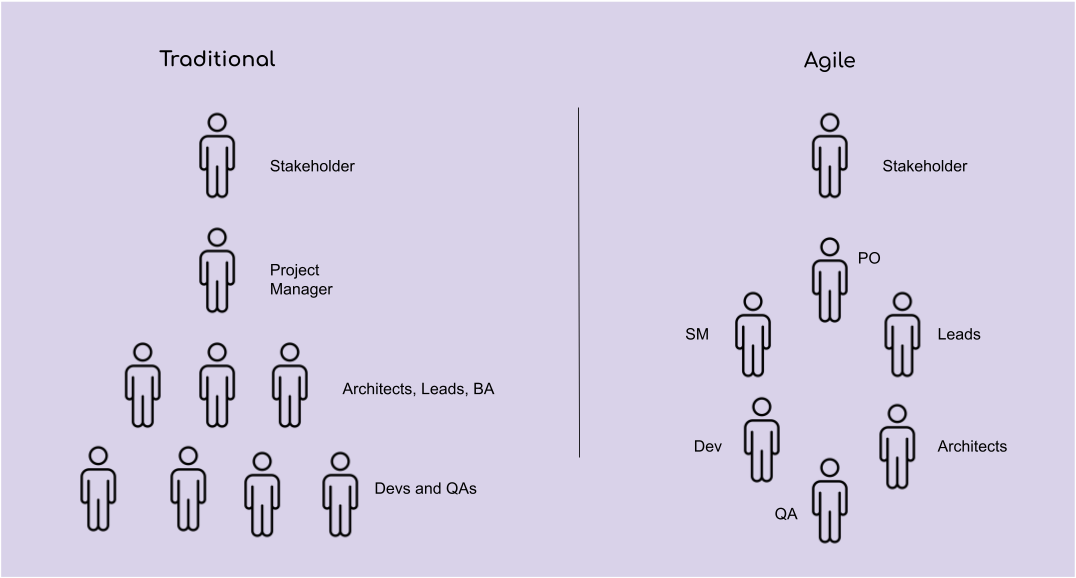
Agile
An agile team consists of Developers, Team leads, Scrum Masters (SM), Product Owners (PO), Architects, and QA whose main goal is to work with Business Owners and other Stakeholders. They are a self-organizing team with a servant-leader mentality.
Traditional (non-Agile)
This team is comprised of Project Manager at the top who interacts with Stakeholders and then there are Developers, QA, and Architects. It follows a top-down approach also known as a waterfall.
There are a lot of comparisons between traditional and agile teams done already (here and here).
What I would like to highlight is the Team Dynamics within those team structures. Both kinds of team structures can have good dynamics or poor dynamics. As team dynamics is dependent on the following criteria:
-
Trust: Team members trust each other and are confident in each other’s abilities and intentions.
-
Communication: Team members communicate clearly and effectively, and are able to share their thoughts, ideas, and concerns openly and honestly.
-
Collaboration: Team members work together towards a common goal and are willing to support each other in achieving it.
-
Accountability: Team members take responsibility for their actions and are willing to hold each other accountable for their performance.
-
Respect: Team members treat each other with respect and value each other’s contributions.
-
Diversity: Teams that embrace diversity are more likely to have a range of perspectives, experiences, and skills that can enhance their performance.
-
Adaptability: Effective teams are able to adapt to changing circumstances and are willing to make adjustments to their approach or strategy as needed.
-
Conflict resolution: Teams that are able to resolve conflicts quickly and constructively are better able to maintain positive team dynamics over time.
Developers are the foundation of a software team. Having great team dynamics among developers is very important for the success of any project.
Developers in small organizations or startups generally have a good vision of the end product they are working towards. They are able to see the big picture and are all working towards creating the end product and making it better. This demands more work from a small team but the sense of achievement can be higher in the end.
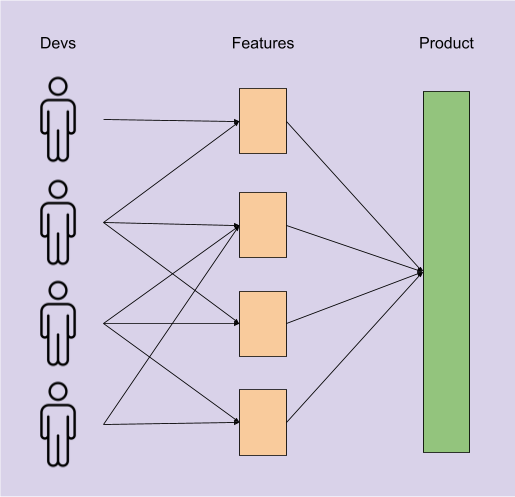
Developers in a large organization are often distributed in multiple teams. They do not always have a clear bigger picture. They are working towards smaller goals, also known as features, which when combined with other features make the end product. Here developers are focused and though they might not touch every code base, they have a lot of opportunities to master the given domain.
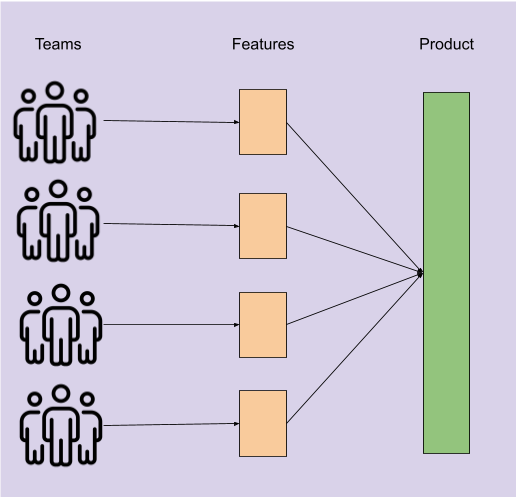
No matter how small or big teams you are working in, there is always a constant flow of energy among the developers. In smaller teams energy between individual developer is important but in large distributed teams, the energy between the teams are as important as well.
Developers should be able to:
-
Communicate clearly
-
Have an eagerness to learn new things
-
Keep an open mind
-
Collaborate with other teams
-
Ask questions-find answers to see the bigger picture
-
And most important be Present and Engaged when they are in a team.
Being Present and Engaging
A great part of team dynamics relies on team members’ engagement with the team and its rituals. I am not talking about physical presence but mental presence. Once you are working on a project as a team, be present mentally and fully for all the activities for that period of time.
Software developers have the luxury to work on projects in off-hours. It is a great side hustle to build knowledge and experience along with earning extra income.
But every project will require a piece of your attention. It is important that you are present completely for each of those projects you are part of. Maintaining good team dynamics can drain a lot of energy. Hence choose your work wisely; according to your capabilities.
Remember the energy you put into building team dynamics at work is not different than the energy you need outside of work. You have to save energy for other life responsibilities like family, friends, and even personal.
Adding negative energy to the team by being distracted and poor communication can affect other team members which they take with them to other aspects of their life.
Energy cannot be created or destroyed. It just transfers and transforms from one medium to another. — 1st law of thermodynamics
Hence being present and engaging will make sure positive energy is flowing within the team and there are no side effects to other parts of life.
Also being able to control and transform the negative energy received from external parties or team members is based on an individual’s personality. If you have the capability to transform negative energy into positive energy you have to capability to succeed no matter what.
Conclusion
So in this essay, we have seen how important Team Dynamics and what are factors affect team dynamics. We also saw how an individual’s energy flow in the team, what are the impacts, and how to overcome negative energy.
By applying the soft-skills we learned in previous article, Team Dynamics can help you progress in your career path and help build strong work relationships.
If you like this article please share and let me know your opinion.
Post header Image by pngtree


